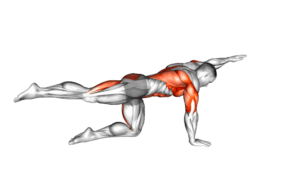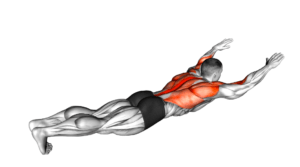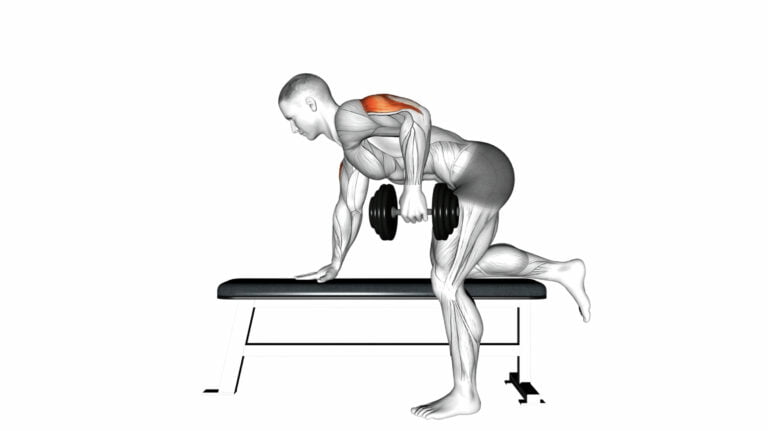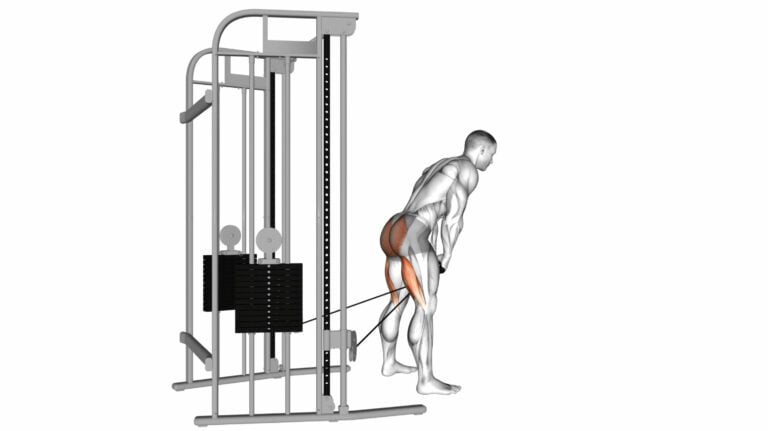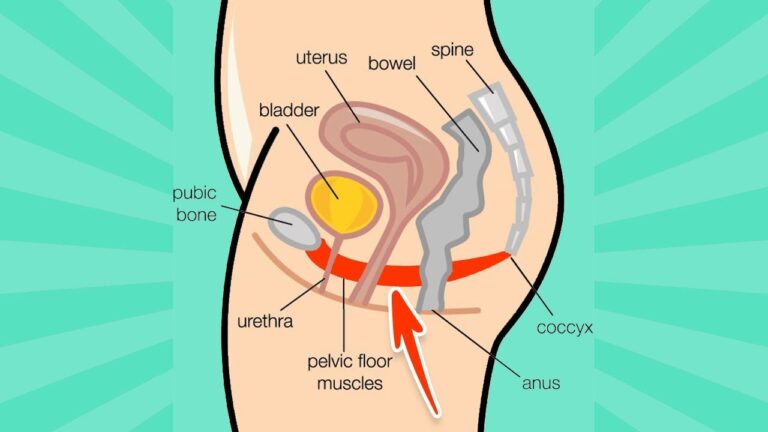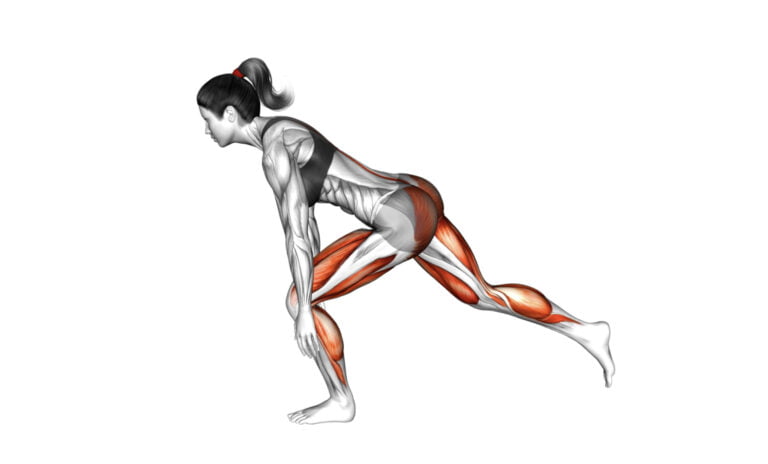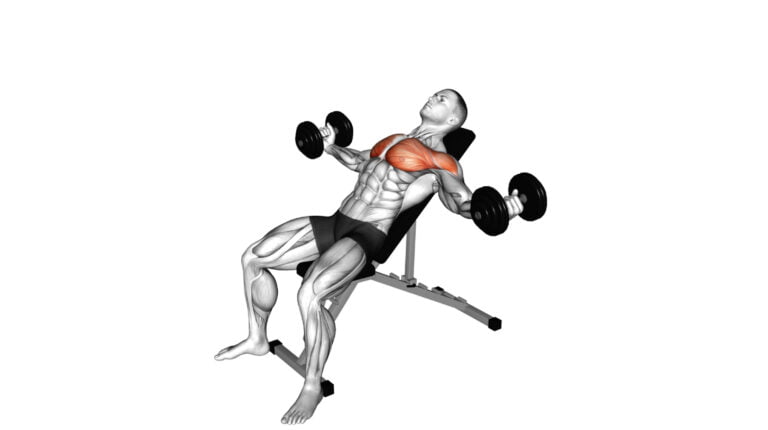10 Resistance Bands Exercises For Seniors: Improve Strength And Mobility With These Simple Workouts
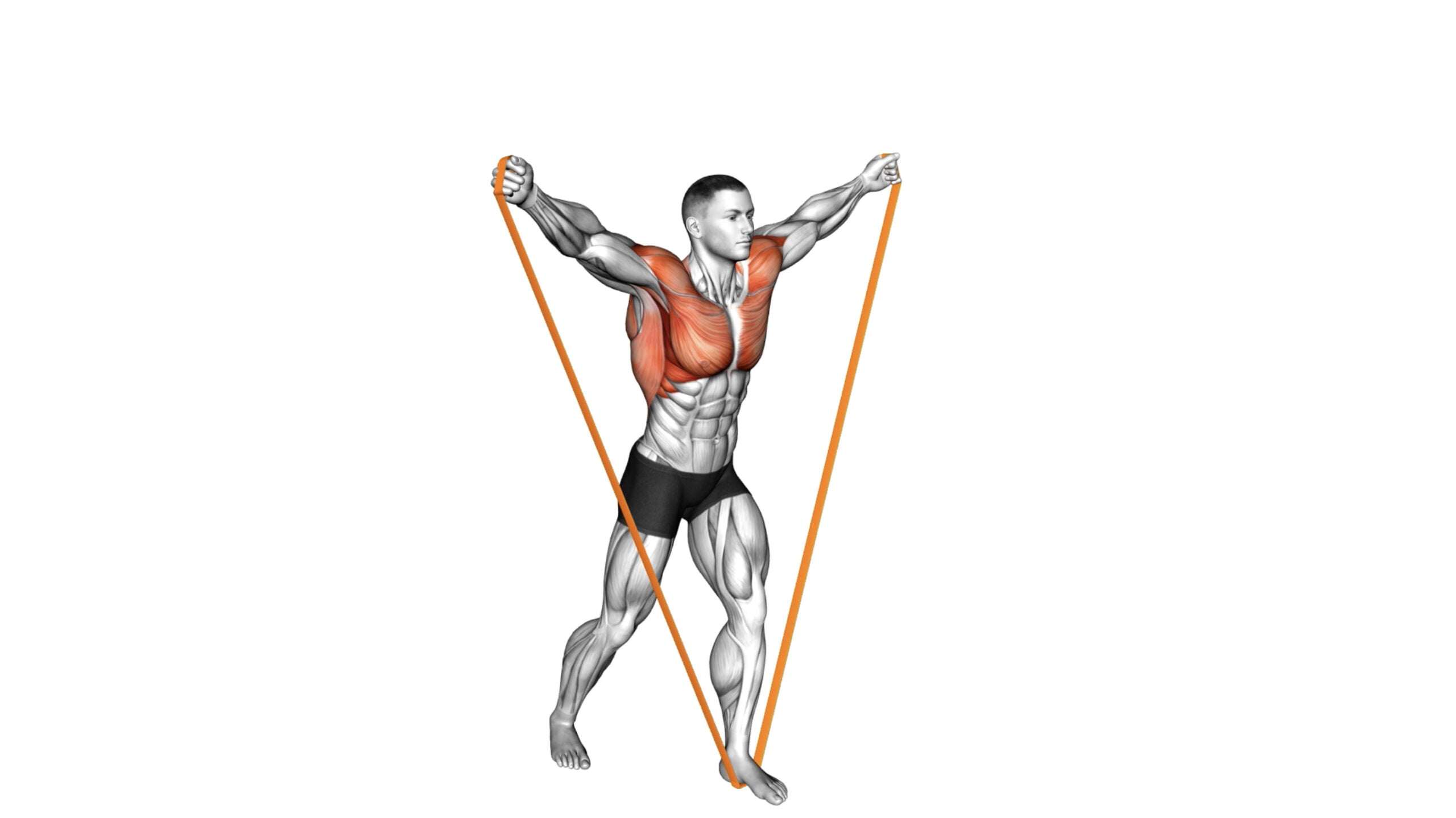
Resistance band exercises for seniors are a gentle yet effective way to combat the muscle loss and decreased mobility often associated with aging. As an experienced fitness trainer specializing in senior health, I’ve witnessed firsthand the transformative power of incorporating resistance bands into regular workouts.
These adaptable tools not only improve strength and flexibility but also enhance overall physical well-being, allowing older adults to maintain independence.
Incorporating these exercises aids in managing conditions like arthritis while supporting everyday activities that become more challenging with age. The Resistance Band Standing Around the World exercise, for example, is terrific for enhancing shoulder function – a common concern for many seniors.
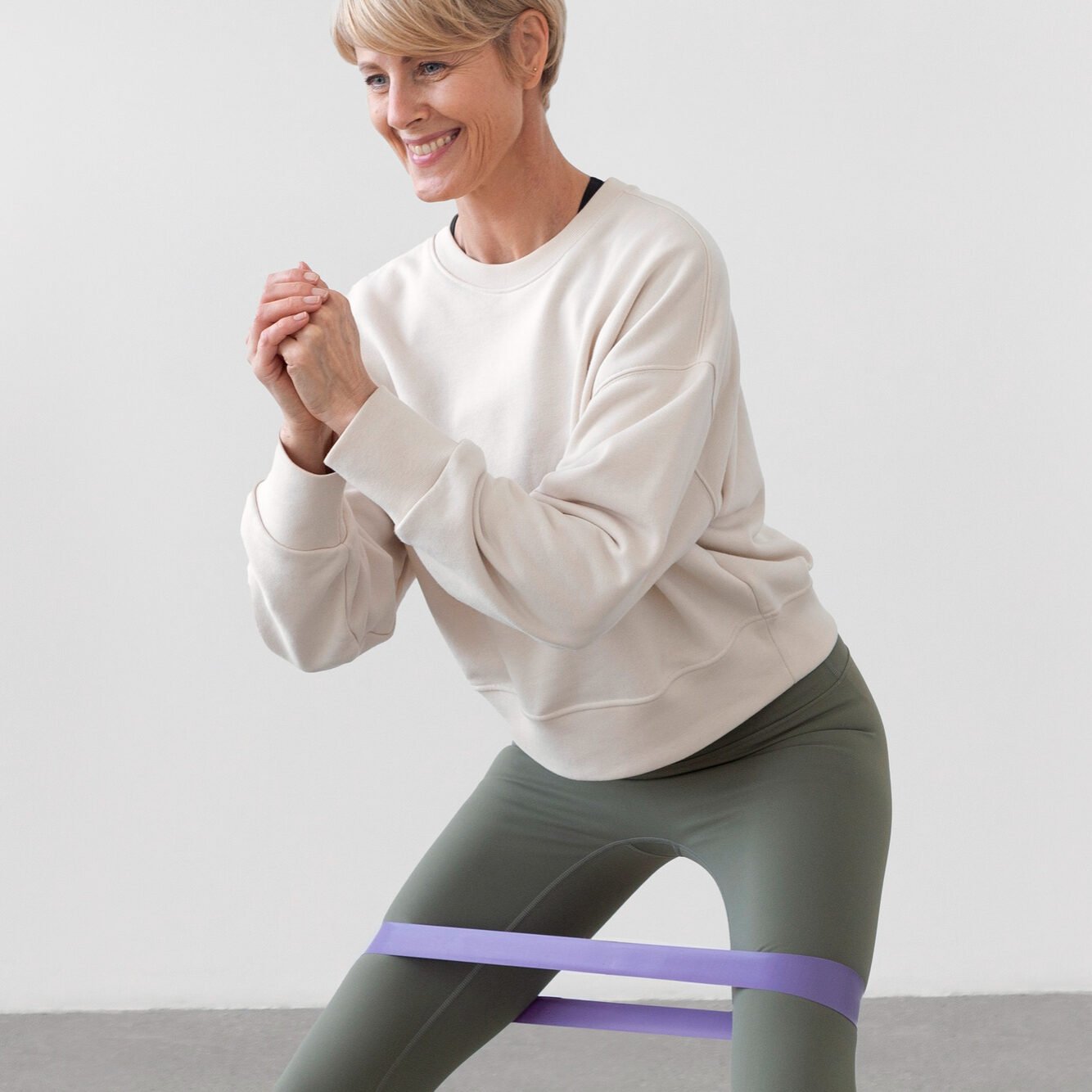
This blog post will guide you through 10 essential resistance band exercises tailored specifically for older individuals looking to rejuvenate their routine and stay vigorous. Discover how simple movements can lead to significant improvements—let’s get stronger together!
Key Takeaways
- Resistance band exercises are a safe and effective way for seniors to maintain muscle mass, improve balance, and enhance daily functioning without the stress on joints that comes with traditional weightlifting.
- Key exercises such as Standing Around the World, Overhead Shoulder Press, Calf Press Sitting on Chair, and Floor Hyperextension target various muscle groups and can be modified to suit different fitness levels.
- It’s crucial for seniors to start their resistance band workouts with a proper warm – up routine, choose an appropriate resistance level, and be mindful of past injuries or pain to avoid complications during exercise.
- Exercises like the One Leg Glute Bridge and Lying Bent Knee Hip Abduction focus on improving lower body strength which is important for stability and preventing falls—a common concern among older adults.
- To reap the benefits of resistance band training consistently over time while safeguarding against injury, following tips on proper form/technique is key alongside understanding how to progress gradually in workout intensity.
Benefits of Resistance Band Exercises for Seniors
Resistance bands exercises for seniors offer a low-impact way to restore muscle strength and tone, improve functional fitness, and enhance balance and stability. Their versatility makes them an ideal tool for senior citizens looking to improve their overall strength and mobility.
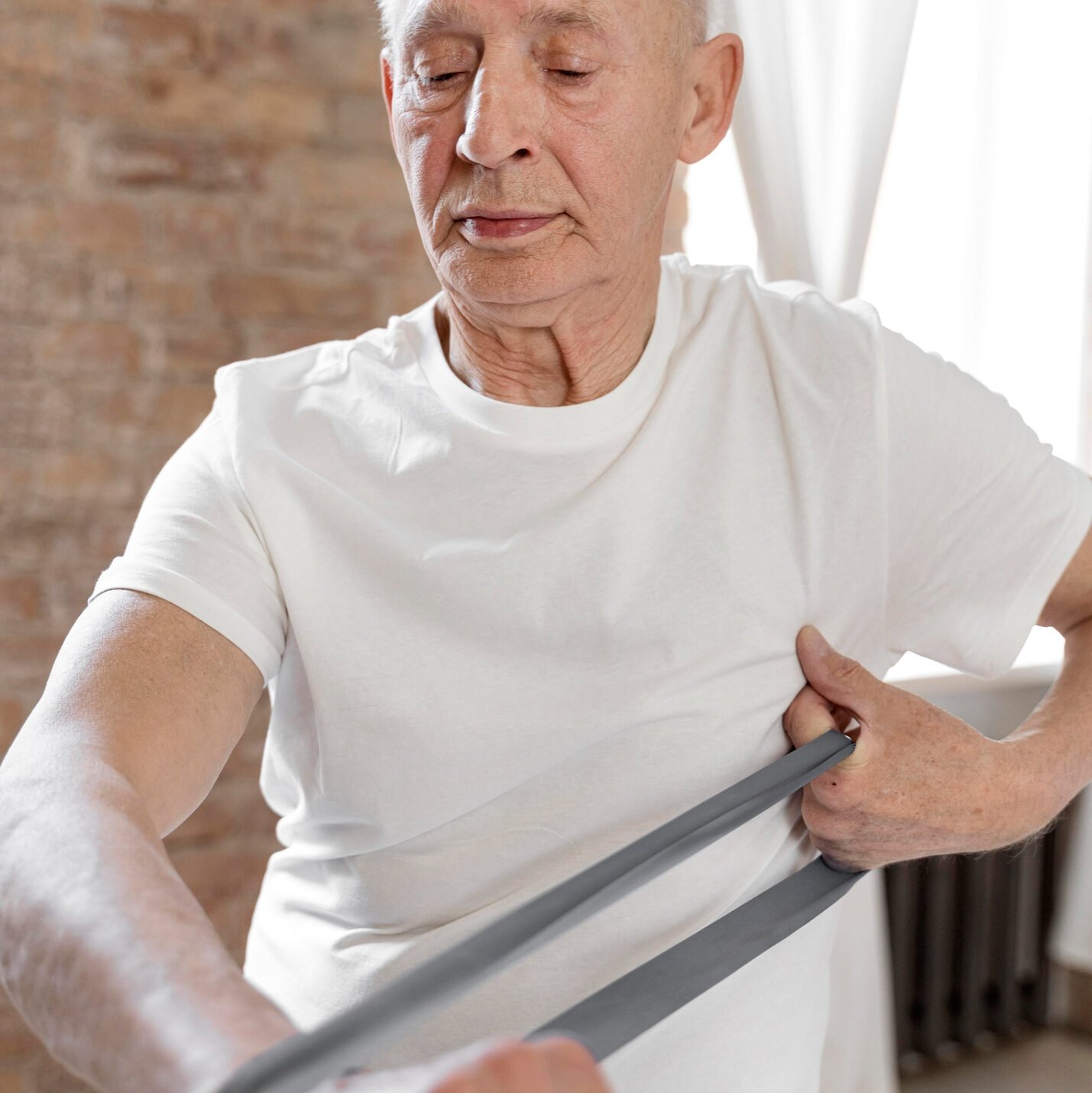
Low impact
Exercising with resistance bands provides a gentle yet effective way for seniors to engage in strength training without putting undue stress on their joints. They offer a safer alternative to lifting weights, which can sometimes be too demanding on older bodies.
The elastic nature of these rubber bands creates just the right amount of tension, making muscles work and build up without causing the impact that comes from heavy exercising equipment or high-intensity workouts.
This type of low-impact exercise supports muscle mass maintenance and helps combat sarcopenia—the age-related loss of muscle. Seniors can perform various movements with these versatile tools, improving flexibility and range of motion critical for everyday activities like walking.
After understanding how beneficial resistance band exercises are due to their low impact, we’ll explore how they also contribute to restoring muscle strength and tone in senior citizens.
Restores muscle strength and tone
Moving beyond the gentle nature of low-impact exercises, resistance band workouts offer a focused approach to rebuilding muscle strength and tone, especially beneficial for seniors.
Regular use of these flexible bands creates resistance that challenges muscles throughout the entire range of motion. The result? Stronger muscles that better support joints and contribute to overall body stability.
Engaging in targeted resistance exercises like bicep curls, leg press, or shoulder blade retractions with bands can effectively restore lost muscle mass. Seniors may notice improvements not just in muscular strength but also in their ability to perform everyday tasks with more ease and less fatigue.
Resistance training encourages muscles to adapt by increasing in size and enhancing neuromuscular coordination, leading to noticeable gains in physical power and aesthetic muscle definition.

Improves functional fitness
Resistance band exercises are a powerhouse when it comes to enhancing functional fitness for seniors. They build strength, balance, coordination, and flexibility, all critical components needed for mastering everyday activities with ease.
Think about how these workouts simplify tasks like carrying groceries or climbing stairs. By engaging multiple muscle groups, resistance bands prepare the body for real-life movements and challenges.
For instance, a resistance band leg curl not only targets the hamstrings but also fortifies your stance and gait.
Integrating these strength exercises into regular routines fosters independence among seniors by making daily functions less of a struggle and more of an effortless part of life. Moreover, improved functional fitness significantly lowers fall risks by promoting steadier footing and quicker reactions during unexpected slips or trips.
Next up: discover the versatility of resistance band training – it’s like having an entire gym tucked away in one compact tool!
Versatility
Improves functional fitness by incorporating resistance band exercises, seniors can benefit from the versatility they offer. These exercises can easily be modified to suit different fitness levels and abilities, making them suitable for individuals with varying strength and mobility.
Whether it’s adjusting the tension of the bands, altering body positioning, or changing the range of motion, resistance band workouts provide flexibility in adapting to individual needs.
Additionally, these exercises can be performed almost anywhere – at home, in a park, or even during travel – enabling seniors to engage in their fitness routine regardless of their location.
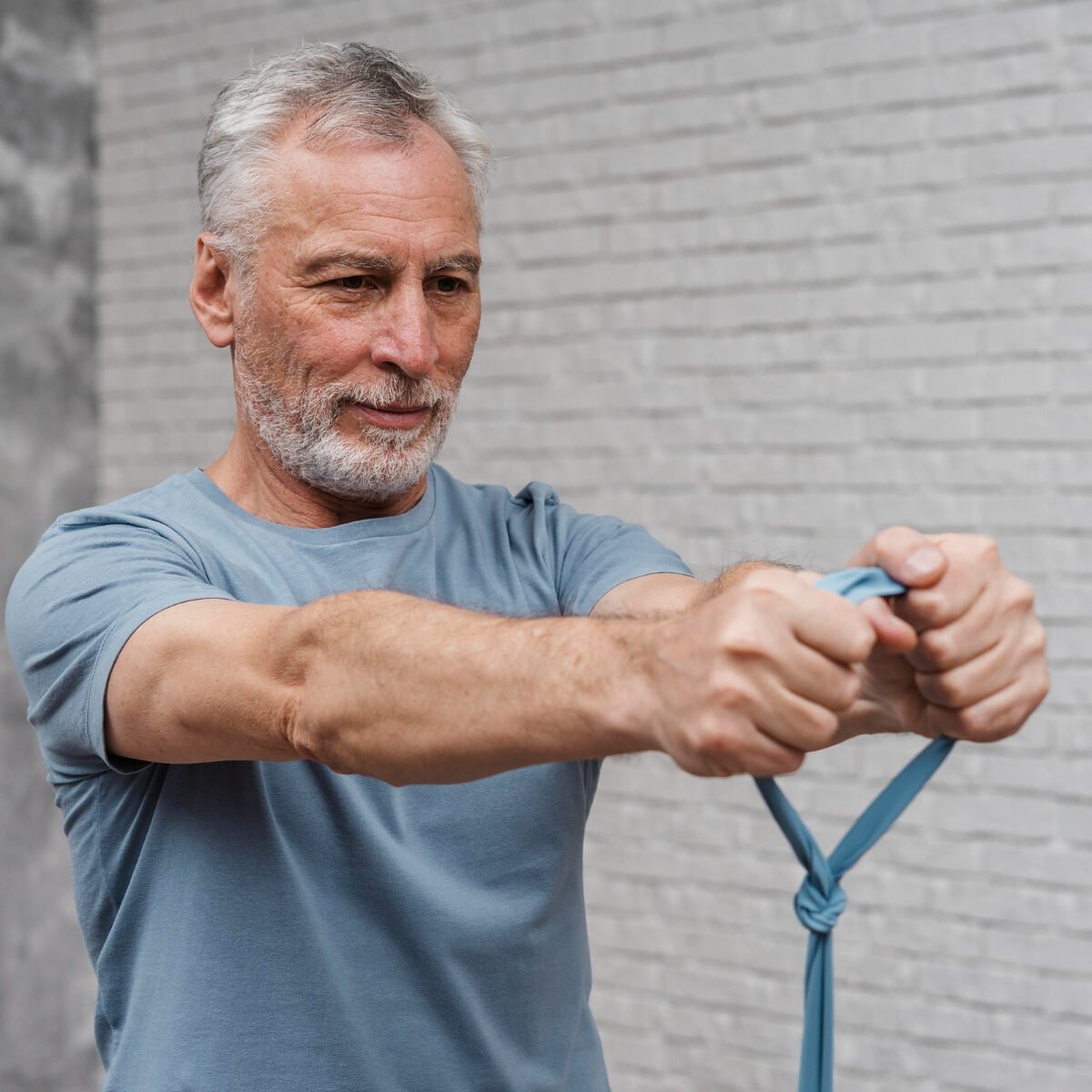
Balance and stability
Enhance your functional fitness and mobility by incorporating resistance band exercises that specifically target balance and stability. Improving these essential aspects can lead to better posture and coordination, ultimately reducing the risk of falls.
These exercises focus on key muscle groups that play a crucial role in maintaining stability, such as the glutes for hip abduction and the calves for ankle support.
When seniors engage in resistance band exercises to promote balance and stability, they also work on proprioception, which is vital for spatial awareness and body positioning. By focusing on strengthening muscles associated with balance control, seniors can enjoy improved confidence in their day-to-day movements while reducing the likelihood of injury.
Precautions for Seniors Before Starting Resistance Band Exercises
Before starting any resistance band exercises for seniors, it’s important to consult with a healthcare provider and warm up properly. Seniors should also choose the right resistance level and consider any past injuries or pain before beginning their workout routine.
Consult with healthcare provider
Before starting any resistance band exercises, seniors should consult with their healthcare provider to ensure that the workouts are suitable for their individual health needs. Healthcare providers can offer personalized recommendations and modifications based on existing medical conditions and physical limitations.
It is important for seniors to discuss potential risks, appropriate resistance levels, proper form, and any pain or discomfort they may experience during the exercises with their healthcare provider.
Seniors should seek guidance from their healthcare provider especially if they have pre-existing medical conditions or past injuries to receive tailored advice and ensure a safe exercise regimen.
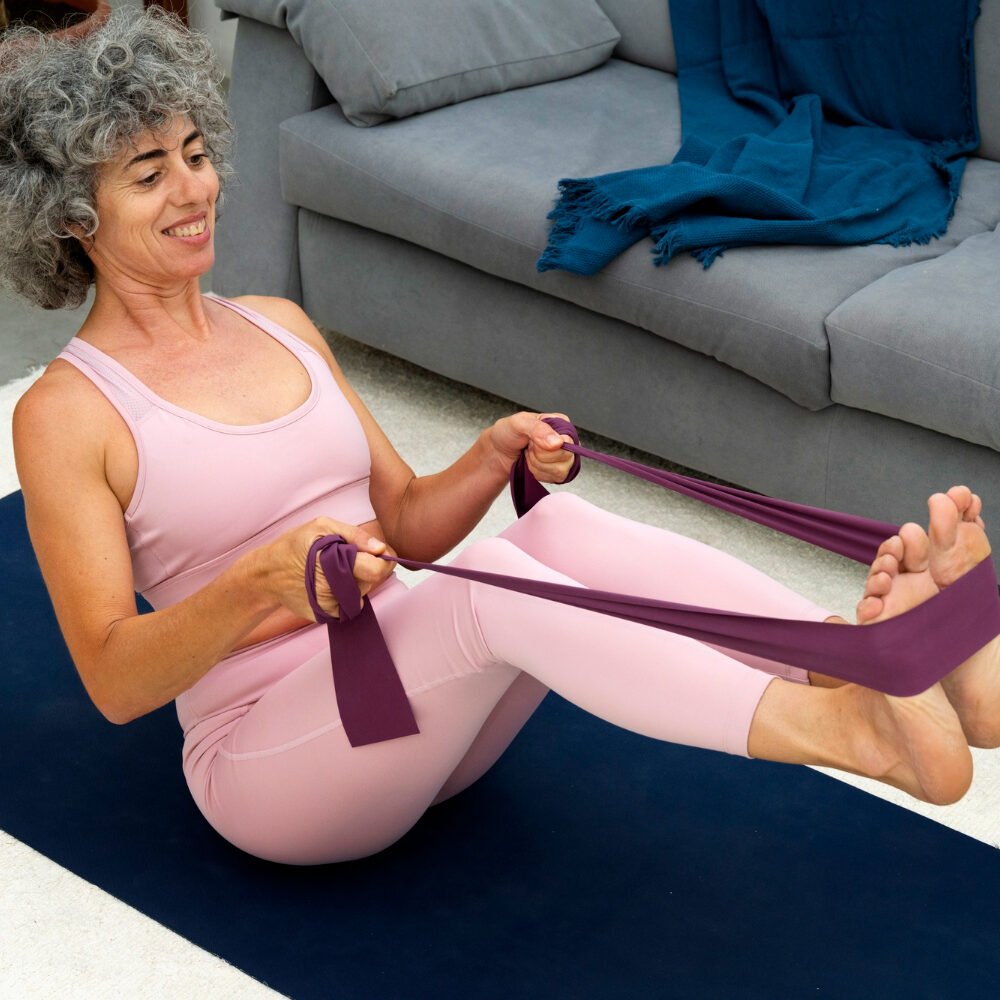
Warm-up
Before starting resistance band exercises, seniors need to perform warm-up activities to prepare their muscles and joints. Begin with light aerobic exercises such as walking or cycling for 5-10 minutes to raise the heart rate and warm up the body.
Following this, include dynamic stretching exercises to improve flexibility and range of motion, ensuring that the body is adequately prepared for using resistance bands. These steps are crucial in helping seniors avoid strains or injuries while performing resistance band workouts.
With proper warm-up routines, seniors can enhance their overall performance during resistance band exercises, leading to better flexibility, reduced risk of injury, and improved workout effectiveness.
Choose the right resistance level
Selecting the appropriate resistance level is crucial for seniors to perform resistance band exercises effectively and safely. Starting with a lighter resistance band allows seniors to master proper form and prevent straining or overexertion.
As strength and endurance improve, gradually increasing the resistance level will help in continued progress.
Consulting with a healthcare professional or fitness trainer before beginning any resistance band exercises is essential for seniors. By doing so, they can ensure that they are choosing the right level based on their current abilities and health conditions, ultimately reducing the risk of injury during workouts.
Consider past injuries or pain
Before beginning a resistance band exercise program, seniors should carefully consider any past injuries or pain they have experienced. It is essential to be mindful of previous musculoskeletal issues, such as joint or muscle problems, in order to avoid exacerbating these conditions during workouts.
Consulting with a healthcare professional or physical therapist can provide valuable insight into the specific precautions and modifications needed based on individual health history.
By taking into account past injuries and pain, seniors can tailor their resistance band exercises to address any limitations while still benefiting from improved strength and mobility.
Paying attention to discomfort or pain during resistance band exercises is crucial for seniors. Adjusting movements or resistance levels based on how the body responds helps prevent further injury and ensures safe and effective workout sessions.
10 Resistance Band Exercises For Seniors
Improve strength and mobility with these simple resistance bands exercises for seniors, designed to target different muscle groups and improve overall functional fitness. Read on to discover how these exercises can benefit you!
1. Resistance Band Standing Around the World
The Resistance Band Standing Around the World exercise is a great way for seniors to improve shoulder mobility and strength. By standing with the resistance band and moving the arm in a circular motion around the body, seniors can target their deltoid muscles in the shoulders and enhance their range of motion.
This exercise is particularly beneficial for helping seniors maintain or improve their ability to perform everyday activities involving reaching or lifting. The gentle resistance provided by the resistance band makes it a safe and effective tool for seniors looking to strengthen their shoulders.
Incorporating this exercise into a senior’s workout routine can contribute to improved strength, balance, and overall mobility, which are crucial elements for maintaining an active lifestyle as one ages.
It not only focuses on strengthening specific muscle groups but also aids in enhancing functional abilities that directly impact daily life.
2. Resistance Band Overhead Shoulder Press
The resistance band overhead shoulder press is a valuable exercise for seniors to enhance their shoulder strength and mobility. This movement aids in maintaining independence and reducing the risk of injury, along with improving posture and lowering the chances of falls.
By using a resistance band, seniors can safely strengthen their shoulders without undue strain on the joints, making it adaptable to different fitness levels.
Adjusting the resistance level allows customization for individual needs, promoting overall strength and mobility improvements when incorporated into regular workouts.
3. Resistance Band Calf Press Sitting on Chair
Performing resistance band calf presses while sitting on a chair effectively targets the calf muscles, crucial for enhancing balance and stability. Seniors can engage in this exercise regardless of mobility limitations as it is sitting-based.
Using a resistance band adds an extra challenge, aiding in the development of muscle strength in the calves. This exercise allows seniors to work at their own pace and avoid overexertion due to its controlled nature.
Situated on a chair, individuals use a resistance band to execute targeted movements designed to strengthen and tone the lower leg muscles. The seated position is ideal for seniors with limited mobility or those seeking stability during exercises while effectively engaging their calf muscles.
4. Resistance Band Leg Curl
The Resistance Band Leg Curl targets the hamstring muscles and is a beneficial exercise for seniors looking to maintain or improve their lower body strength. Seniors can easily adjust the tension of the band to increase the challenge, making it adaptable to varying fitness levels.
This exercise can be performed sitting on a chair or lying on the floor by wrapping the resistance band around the ankles. By regularly incorporating this exercise into their routine, seniors can expect improvements in overall mobility and lower body strength.
Moving forward with our list of resistance band exercises, let’s explore another effective workout – Resistance Band Lying Bent Knee Hip Abduction.
5. Resistance Band Lying Bent Knee Hip Abduction
Transitioning from the Resistance Band Leg Curl, seniors can also benefit from the Resistance Band Lying Bent Knee Hip Abduction exercise. This workout specifically targets the hip abductor muscles, helping to improve stability and balance.
By incorporating a resistance band, this exercise adds an extra challenge that effectively builds strength in the hip muscles, crucial for maintaining mobility and preventing falls as seniors age.
Seniors will find this isolation exercise beneficial as it focuses on strengthening the muscles essential for lateral movement, promoting functionality in everyday activities. With consistent practice of exercises like these alongside other workouts tailored for seniors, individuals can develop a comprehensive routine aimed at enhancing overall strength and physical well-being.
6. Resistance Band Lying Bent Knee Raise
Transitioning from the Resistance Band Lying Bent Knee Hip Abduction, seniors can benefit from the Resistance Band Lying Bent Knee Raise to target their lower body muscles. By using a resistance band, this exercise enhances muscle strength and endurance while being gentle on joints.
Engaging in this routine regularly offers an effective way for seniors to enhance their balance, stability, and overall physical well-being.
Engaging in the Resistance Band Lying Bent Knee Raise helps strengthen hip flexors and abdominal muscles. The use of resistance bands adds an extra level of challenge to this low-impact exercise, contributing to improved mobility and flexibility over time.
7. Resistance Band One Leg Glute Bridge
Improve strength and stability in the glutes and lower back with the Resistance Band One Leg Glute Bridge. This exercise is especially beneficial for seniors as it enhances mobility and balance, crucial for preventing falls and maintaining independence.
By adjusting the band’s resistance, seniors of varying fitness levels can modify this exercise to suit their capabilities.
Incorporating the Resistance Band One Leg Glute Bridge into a workout routine helps improve overall lower body strength and flexibility, making it an essential addition to any senior fitness regimen.
8. Resistance Band Clam
Transitioning from the Resistance Band One Leg Glute Bridge to the Resistance Band Clam, this exercise effectively targets the hip abductors and adductors. By using a resistance band, seniors can enhance their hip strength and stability, essential for maintaining balance and preventing falls.
The added resistance provided by the band intensifies muscle engagement, making it an ideal exercise to improve overall lower-body strength and mobility. With its convenience for home workouts or fitness classes, the resistance band clam is a practical choice for seniors looking to maintain independence as they age.
Strengthening hip muscles can significantly benefit older adults by improving their ability to move with confidence and reducing the risk of injury. This simple yet effective exercise plays a vital role in enhancing mobility while contributing to an active lifestyle.
9. Resistance Band Upper Body Dead Bug
The Resistance Band Upper Body Dead Bug exercise targets the core, shoulders, and arms to enhance overall strength. It also promotes balance and coordination, crucial for seniors. This exercise can be performed in a seated or lying position, making it adaptable for seniors with varying mobility levels.
Using a light resistance band is recommended to prevent muscle strain. Regularly including this exercise in the workout routine can lead to improved strength and mobility for seniors.
10. Resistance Band Floor Hyperextension
Transitioning from the Resistance Band Upper Body Dead Bug to the Resistance Band Floor Hyperextension, this exercise is a valuable addition to a senior’s workout routine. By engaging in controlled movements that strengthen lower back muscles and promote proper posture, seniors can experience reduced lower back pain and enhanced support for day-to-day activities.
The incorporation of resistance bands adds an extra level of challenge, effectively building strength in the glutes, hamstrings, and core muscles while contributing to overall stability and support for the lower body.
Seniors should focus on performing this exercise with proper form to prevent strain on their back while reaping its benefits such as improved flexibility and mobility.

Tips for Resistance Band Workout for Seniors
Performing 10 resistance band exercises can provide seniors with a comprehensive full-body workout. These exercises are specifically designed to target various muscle groups, offering a safe and effective means of improving strength and mobility.
From the resistance band standing around the world exercise to the resistance band floor hyperextension, each movement offers unique benefits for seniors seeking to enhance their functional fitness and overall well-being.
Tips for proper form and technique
Maintain a stable squat position with your feet shoulder-width apart and elbows bent while performing resistance band squats to engage the muscles effectively. Keep your butt back, knees in line with the toes, and hips lowered to avoid strain on the lower body.
Ensure that your hands are positioned at chest level and brace your core for stability during each repetition.
For tricep extensions, focus on keeping your upper arm bone close to your head while straightening the elbows against resistance from the band. Maintain proper elbow flexion without allowing forward head posture or overarching of the lower back.
Importance of consistency and gradual progression
Consistency and gradual progression are crucial for seniors embarking on a 20-minute resistance band workout regimen. By maintaining a consistent exercise schedule, seniors can gradually increase the intensity of their workouts as they build strength and endurance over time.
This approach allows for steady improvement in both physical fitness and mobility, providing a safe and effective way to maintain an active lifestyle.
Seniors benefit from incorporating a gradual progression into their resistance band exercises to prevent strain or injury while steadily increasing muscle strength and flexibility.
Conclusion
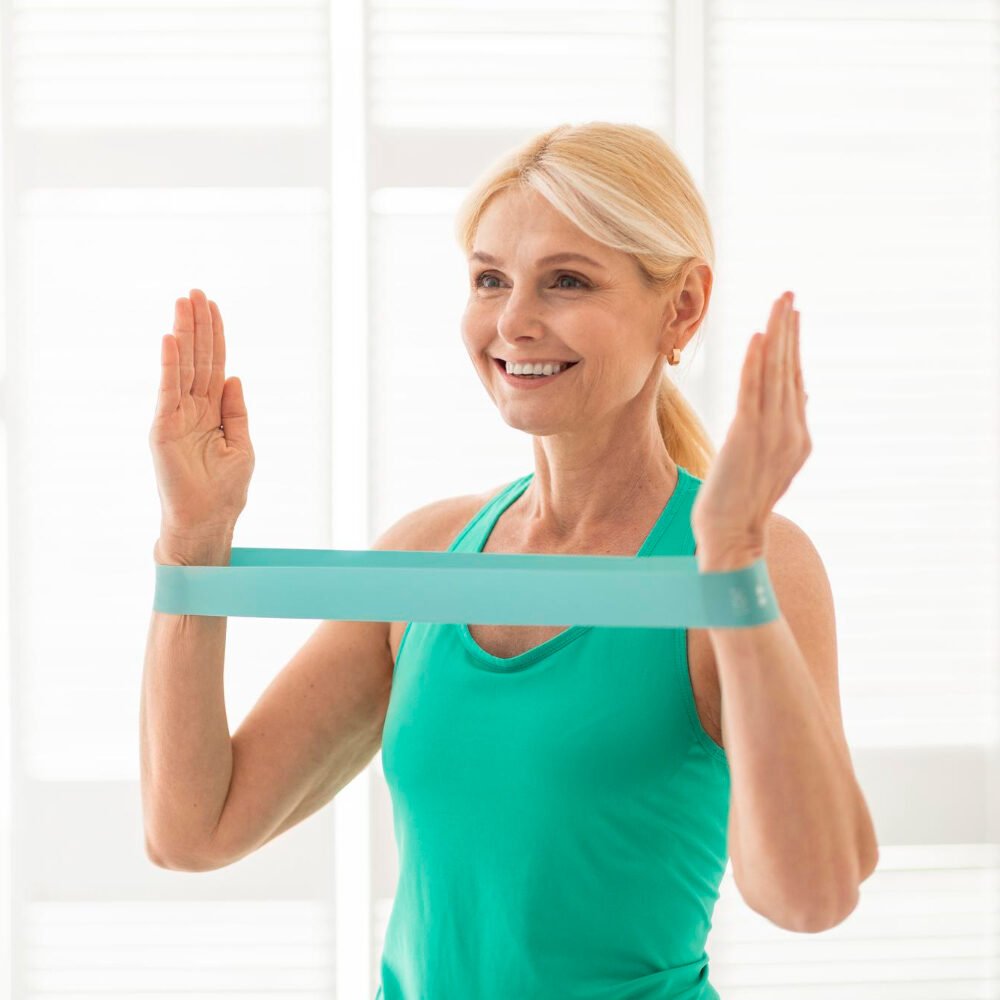
In conclusion, these 10 resistance band exercises provide practical and efficient ways for seniors to improve strength and mobility. Apply these strategies regularly to experience their significant impact on functional fitness and muscle strength.
For further reading, consider seeking guidance from fitness trainers or healthcare providers tailored to your needs. Take the first step towards better health with these simple yet effective workouts designed for seniors.
FAQs
1. Why are resistance band exercises good for seniors?
Resistance band exercises enhance strength and mobility by improving elasticity in muscles, which is essential for seniors’ daily activities.
2. Can resistance bands help strengthen my shoulder blades and collarbone area?
Absolutely, performing targeted strength workouts with resistance bands can effectively engage the scapulae muscles around your shoulder blades and clavicle, fostering stability and preventing injuries.
3. How often should I do these resistance band exercises?
Incorporate these simple workouts into your routine with repetitions that suit your comfort level; fitness trainers recommend consistent practice to maintain progress.
4. Do any of the exercises focus on the lower body like hips or thighs?
Indeed, hip abductions using a resistance band particularly target the thigh region to improve both muscle tone and joint function for better movement quality.
5. Are there any cardio benefits to using resistance bands in my exercise routine?
Not only do they bolster muscular endurance but integrating movements such as ‘punching’ while holding the bands provides a light cardio workout to increase heart rate.

Author
Years ago, the spark of my life’s passion ignited in my mind the moment I stepped into the local gym for the first time. The inaugural bead of perspiration, the initial endeavor, the very first surge of endorphins, and a sense of pride that washed over me post-workout marked the beginning of my deep-seated interest in strength sports, fitness, and sports nutrition. This very curiosity blossomed rapidly into a profound fascination, propelling me to earn a Master’s degree in Physical Education from the Academy of Physical Education in Krakow, followed by a Sports Manager diploma from the Jagiellonian University. My journey of growth led me to gain more specialized qualifications, such as being a certified personal trainer with a focus on sports dietetics, a lifeguard, and an instructor for wellness and corrective gymnastics. Theoretical knowledge paired seamlessly with practical experience, reinforcing my belief that the transformation of individuals under my guidance was also a reflection of my personal growth. This belief holds true even today. Each day, I strive to push the boundaries and explore new realms. These realms gently elevate me to greater heights. The unique combination of passion for my field and the continuous quest for growth fuels my drive to break new ground.






